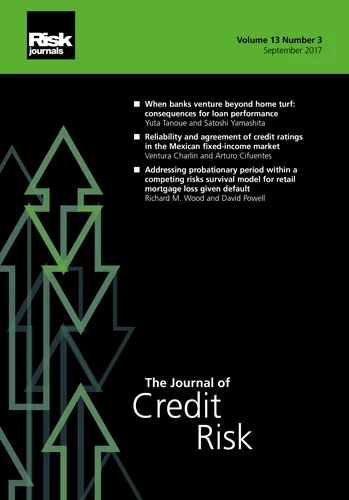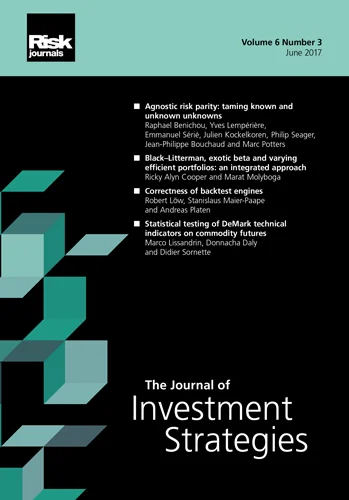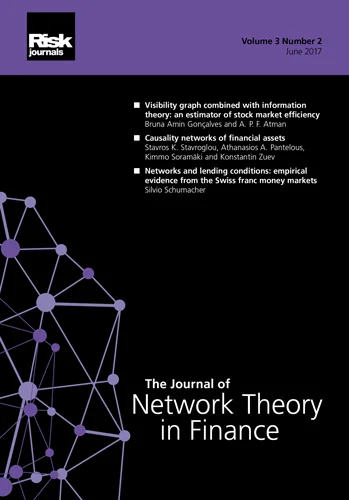Journal of Risk
ISSN:
1755-2842 (online)
Editor-in-chief: Farid AitSahlia
Volume 16, Number 4 (April 2014)
Editor's Letter
Accurate estimation and powerful statistical hypothesis testing are essential in finance. The present issue of The Journal of Risk concerns multivariate testing of Sharpe ratios, conditional variance and value-at-risk estimation, as well as evaluating the effect of contaminated data on hypothesis testing. The Sharpe ratio is a commonly used performance measure to compare different portfolios or assets as it takes into account their respective levels of risk. Traditionally, multiple comparisons have relied on pairwise approaches or on strong assumption for excess returns, such as normality, and statistical identity and independence. In the first paper of the current issue, "A test for the equality of multiple Sharpe ratios" by John Alexander Wright, Sheung Chi Phillip Yam and Siu Pang Yung, a method that relaxes these restrictions and which can be applied when excess returns are stationary and ergodic is developed.
The generalized autoregressive conditional heteroscedasticity (GARCH) model has become one of the most popular specification tools for modeling time-varying conditional variance in finance. In this issue's second paper, "Testing for GARCH effects with quasilikelihood ratios", Richard Luger develops a distribution-free Monte Carlo procedure to test conditional homoscedasticity in the context of a GARCH specification and shows that it significantly improves over the standard Lagrange multiplier test.
In our third paper, "Identifying mixture copula components using outlier detection methods and goodness-of-fit tests", Gregor N. F. Weiß conducts an extensive simulation study to investigate the effect of contaminated data on goodness-of-fit tests for copulas. Through an empirical application, the author illustrates the trade-off between, on the one hand, making such tests robust and, on the other, the loss of test power.
In the fourth and final paper of this issue, "Nonparametric forward-looking value-at-risk", Marcus Nossman and Anders Vilhelmsson develop a method that makes use of option-implied volatility for value-at-risk estimation. The advantage of this approach is its ability to incorporate fast-changing environments. It is thus better at determining market-based capital requirements and is illustrated with data from the period covering the financial crisis between the years 2007 and 2009.
Farid AitSahlia
Warrington College of Business Administration,
University of Florida








